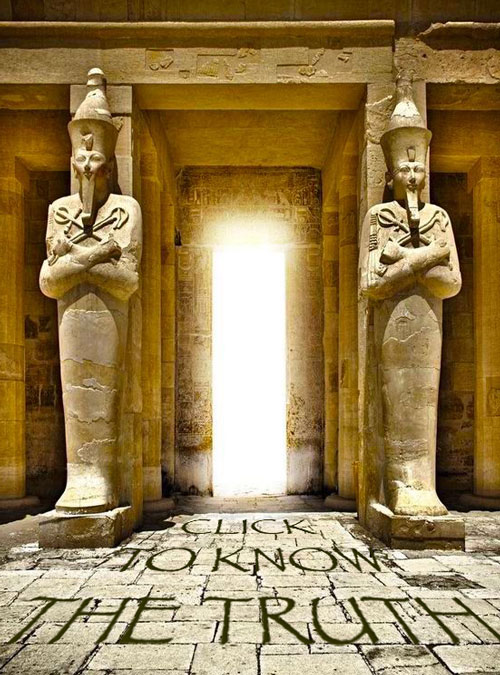Heka
This god represented “magick” in ancient Egypt.

Heka was depicted in royal dress wearing the bull’s tail of kingship with two serpents crossing his chest. Heka’s first syllable “he” was the power (8) that made creation possible and every act of magick was simply a continuation of this. To direct this force came the “ka” of spirit (11). As the first and last numbers, their sum (19) was known as the Alpha and Omega.
Atop Heka’s head sat a lion (the Sphinx), indicating the red eighth chakra. While this artistic rendering was a linear reference, the hyperdimensional location of the Soul Star remains the high chest. The thymus, also known as the higher heart chakra, is considered to be the gate to higher consciousness—a life of service, prosperity and joy.

The Magickal Hexagon above (with 19 cells) is reflected in The Flower of Life. Here we are reminded of the sacred balance required for transcendence.

Heka was not only a god, but also the personification of magick—the idea as well as the practice. Heka was the god who magicians called upon during their rituals:
Heka magic is many things, but, above all,
It has a close association with speech
And the power of the word.
— O. Goelet (1994)

The Sphinx therefore, symbolises the alignment of Egypt with the highest form of life. It is the space where our physical body connects with divinity—where we can align with the Great Central Sun via the Lion’s Gate.
The universe belonged to me before you gods were made.
You’ve come later, because I’m Heka.
